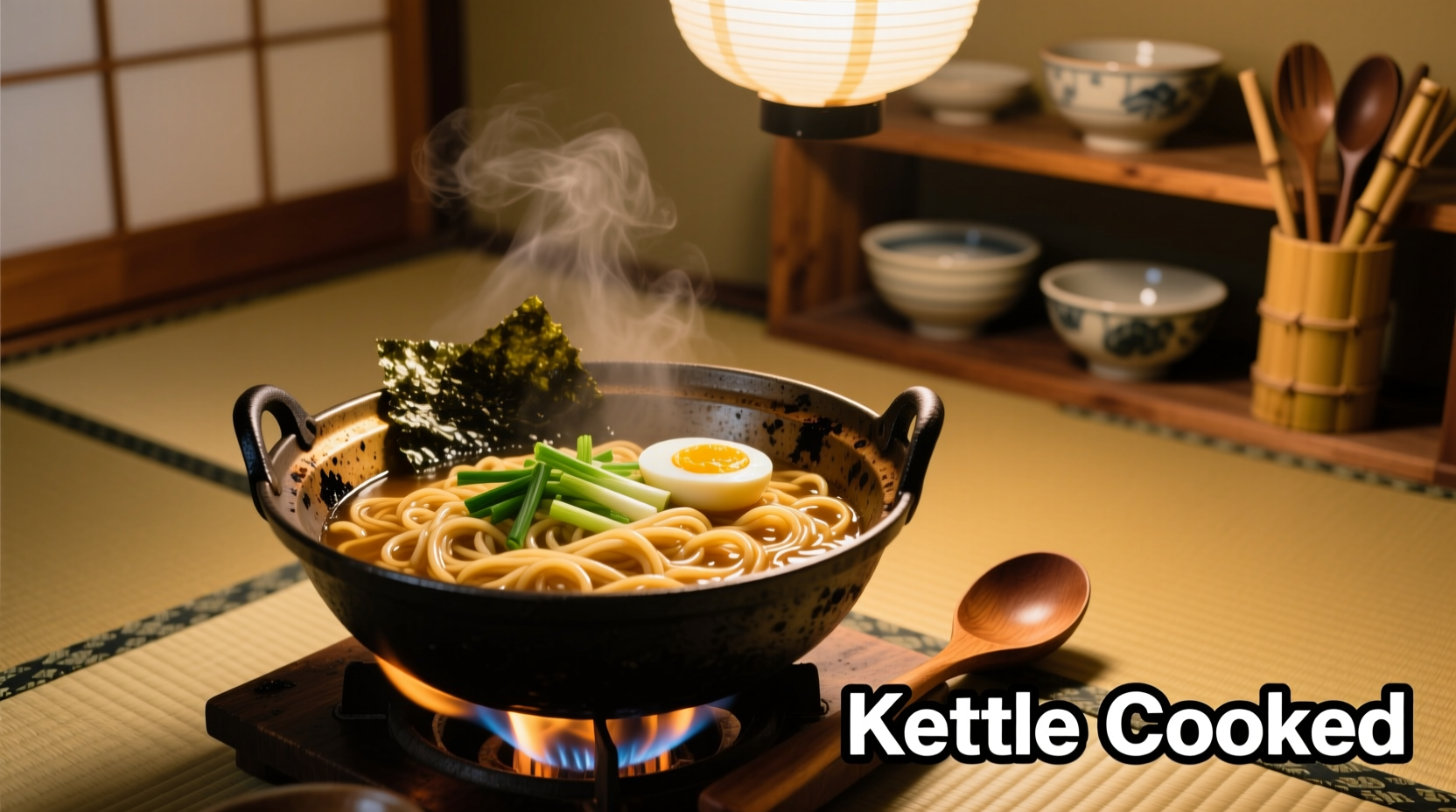Ever bitten into a potato chip that delivered an unexpectedly robust crunch and rich flavor? That distinctive texture and taste likely came from the kettle cooking process—a time-honored technique that transforms ordinary ingredients into extraordinary snacks. Understanding this method helps you make informed choices about the foods you enjoy and appreciate the craftsmanship behind quality snack production.
The Origins and Evolution of Kettle Cooking
Kettle cooking dates back to the 19th century when small-batch frying was the only method available. Before continuous frying systems dominated the snack industry in the mid-20th century, all potato chips were made using kettle-style equipment. This traditional approach involved copper or iron kettles suspended over open flames, requiring skilled operators to monitor oil temperature and cooking time manually.
Evolution of Kettle Cooking Technology
- 1853: First recorded potato chip preparation by George Crum using a cast-iron kettle
- Early 1900s: Commercial production begins with copper kettles heated by wood or coal
- 1930s: Introduction of electrically heated kettles improves temperature control
- 1950s: Continuous frying systems replace kettles for mass production
- 1980s: Artisanal revival of kettle cooking as consumers seek premium textures
- Present: Modern computer-controlled batch fryers maintain traditional principles with precision
How Kettle Cooking Actually Works
The kettle cooking process differs fundamentally from conventional continuous frying in several critical ways. When potatoes enter a traditional continuous fryer, they're submerged in a constant flow of oil maintained at a steady 350-375°F (177-191°C). In contrast, kettle cooking starts with cold oil—typically at a ratio of 3:1 oil to product—which gradually heats as the potatoes cook.
This gradual temperature increase creates a two-stage cooking process: initial moisture evaporation followed by crisping. The potatoes essentially cook in their own steam before the oil reaches optimal frying temperature, resulting in thicker, more substantial chips with complex flavor development. The entire batch must be removed before the next can begin, making kettle cooking significantly more time-intensive than continuous methods.

Kettle Cooked vs. Conventionally Fried: Key Differences
| Characteristic | Kettle Cooked | Conventionally Fried |
|---|---|---|
| Oil-to-food ratio | 3:1 (higher) | 1.5:1 (lower) |
| Cooking temperature | Starts cold, gradually heats | Constant high heat |
| Batch size | Small (50-200 lbs) | Continuous (thousands of lbs) |
| Texture | Thicker, more irregular, substantial crunch | Thinner, uniform, lighter crisp |
| Flavor development | Deeper, more complex | Milder, more consistent |
| Production time | Slower (15-20 minutes per batch) | Faster (continuous process) |
Practical Benefits You Can Taste
The distinctive qualities of kettle cooked products aren't just marketing hype—they translate to tangible sensory experiences. Food science research from the Institute of Food Technologists confirms that the gradual heating process creates a more complex Maillard reaction, developing richer flavor compounds than conventional frying. This explains why kettle cooked chips often require less seasoning to achieve satisfying flavor.
From a texture perspective, the higher oil ratio allows for more thorough dehydration of the product's interior while creating a robust exterior crust. This structural difference means kettle cooked chips maintain their crunch longer, even in humid conditions—a practical advantage frequently noted in consumer testing by the American Society for Quality.
Where Kettle Cooking Shines: Applications and Limitations
While most associated with potato chips, the kettle cooking method benefits various snack applications. Artisanal popcorn, certain crackers, and specialty vegetable chips all benefit from this technique. However, kettle cooking isn't universally superior—it has specific context boundaries that determine its effectiveness.
The method works best with dense, starchy ingredients that benefit from gradual moisture removal. It's less suitable for delicate items that require precise, consistent temperatures. Commercial producers must balance the premium quality against significantly higher production costs—typically 25-40% more expensive than conventional methods due to longer cooking times and greater oil usage.
Identifying Authentic Kettle Cooked Products
With the popularity of kettle cooked snacks, some manufacturers use the term loosely. True kettle cooked products display specific characteristics:
- Visual texture: Irregular shapes with visible oil absorption patterns
- Thickness variation: Noticeable differences between individual pieces
- Break quality: Substantial snap rather than delicate shatter
- Flavor depth: Complex potato flavor that doesn't require heavy seasoning
When examining packaging, look for descriptions of the cooking process rather than just the term "kettle cooked." Authentic producers often highlight their batch cooking methods and oil ratios. The FDA's food labeling guidelines require accurate representation of cooking methods, though enforcement varies.
Bringing Kettle Cooking Home
While professional kettle fryers are specialized equipment, home cooks can approximate the technique. Use a heavy-bottomed Dutch oven with a high oil-to-potato ratio (aim for 3 inches of oil). Start with potatoes in cold oil, gradually heating to 325°F (163°C) while monitoring carefully. This home adaptation won't perfectly replicate commercial results but captures the essence of the two-stage cooking process.
For best results, slice potatoes slightly thicker than usual (1/8 inch) and ensure they're completely dry before adding to the oil. The gradual heating allows moisture to escape before the exterior crisps, mimicking the professional kettle cooking process. Just remember—safety first when working with large quantities of hot oil.











 浙公网安备
33010002000092号
浙公网安备
33010002000092号 浙B2-20120091-4
浙B2-20120091-4